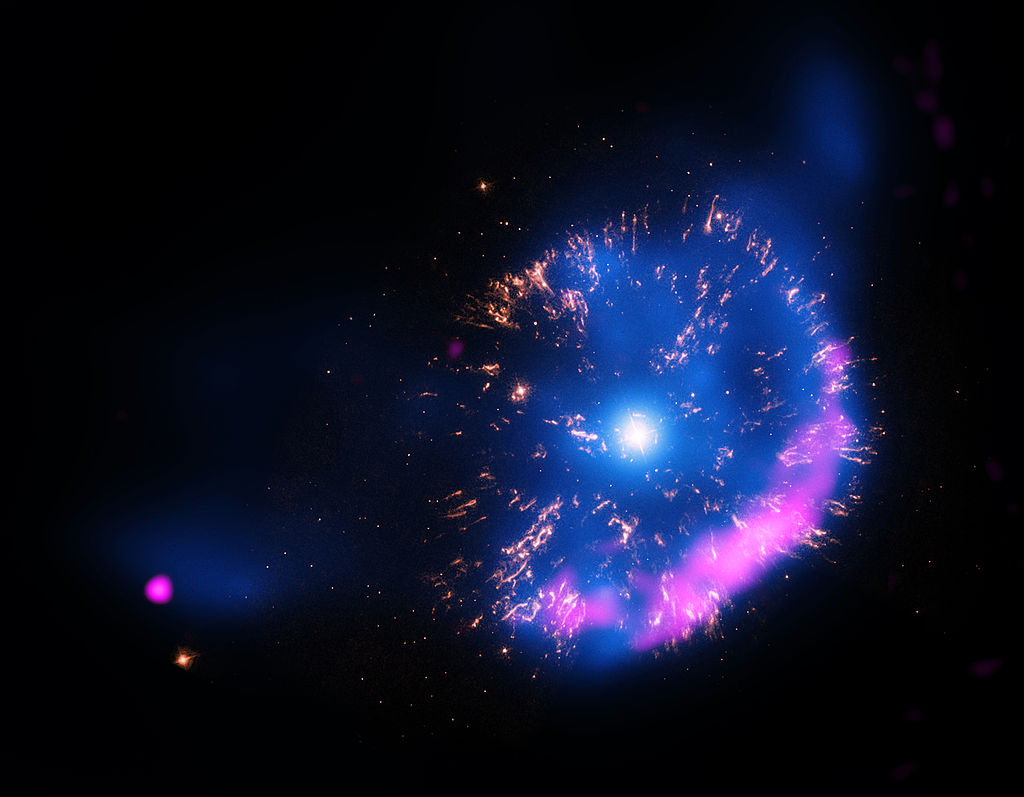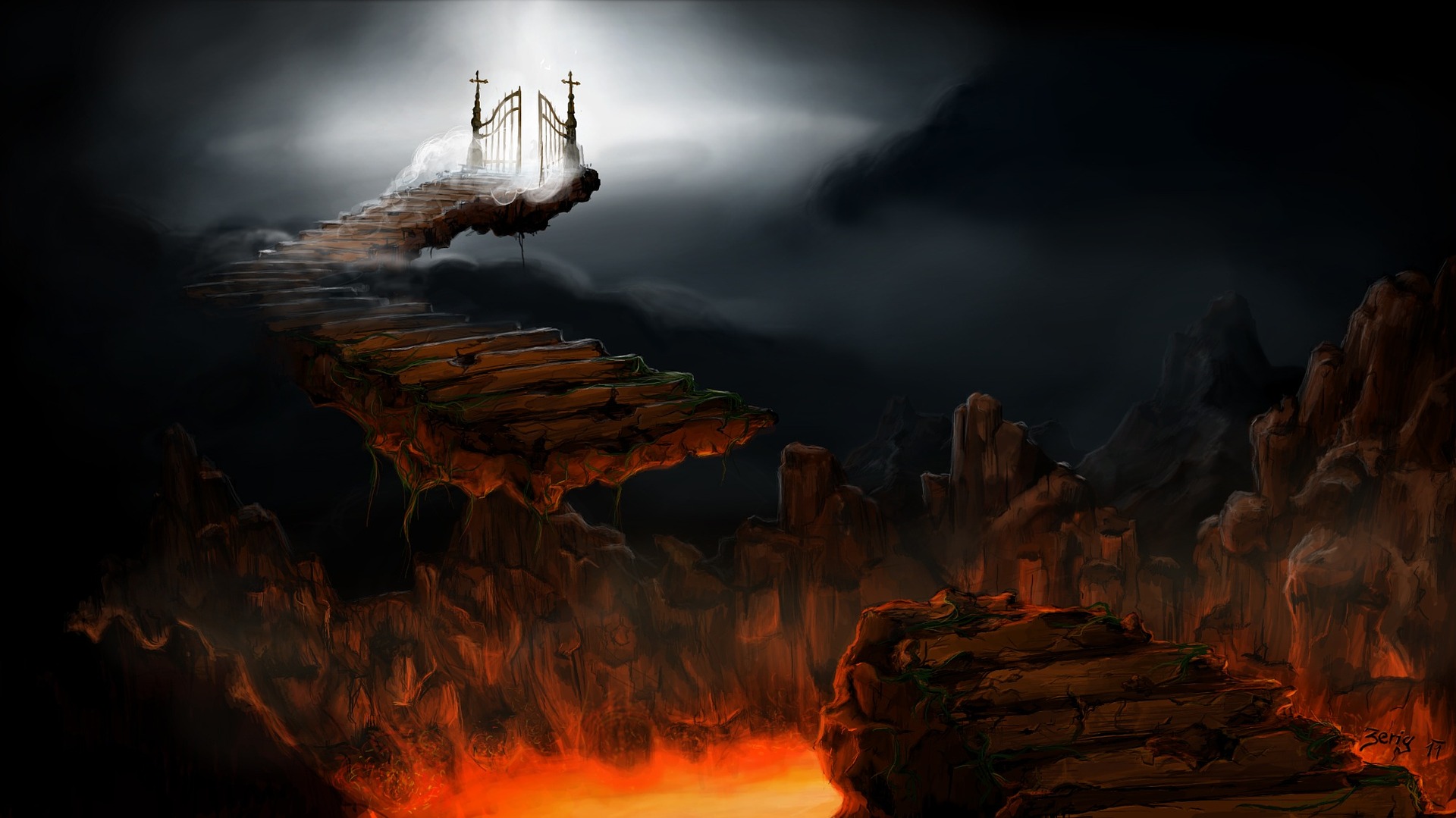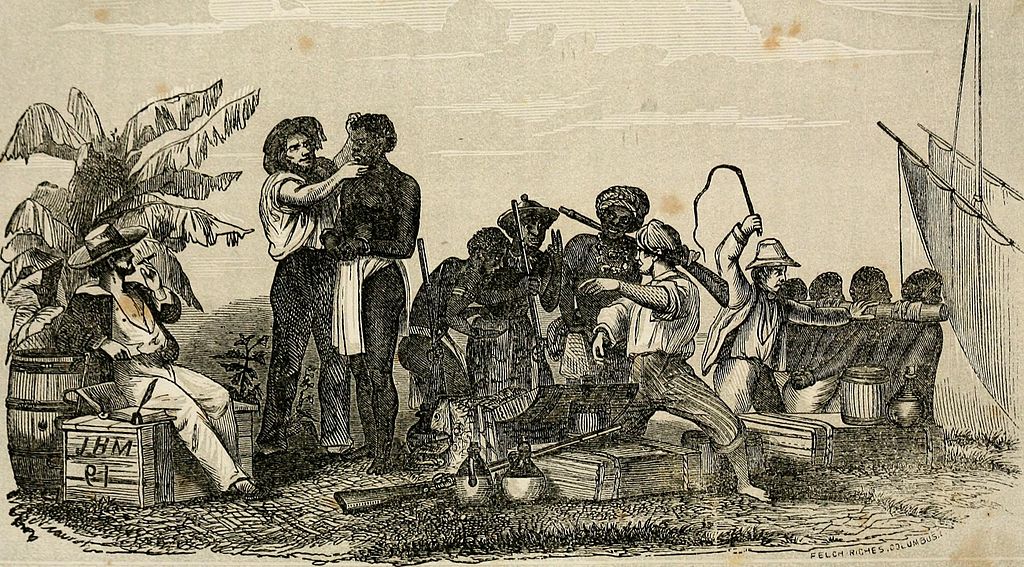The Kalam Cosmological Argument
Humanity has always held a fascination with the night sky and the things beyond our world. Our observations and discoveries have progressed over the course of thousands of years. We thought that the Earth was the center of the universe and everything revolved around us. We later realized that the sun was at the center of our galaxy and we rotated around it. One concept that we maintained for thousands of years was that the universe was infinite, its expanse going on forever. It had always been here and it was unchanging. Scientists felt that the things in the universe were moving and changing, but the universe itself was not.
Then, in the early twentieth century, mathematicians and physicists began to make discoveries that would reshape the way we saw the universe. In 1916 Albert Einstein began work on his theory of General Relativity – a theory regarding gravity and space-time. During his work, Einstein came up with some results that troubled him. His observations told him that there appeared to be a beginning to all space, matter, and time and that the universe was either expanding or contracting. This troubled him – and also was at odds with the current theories. So, to make his equations work, he added what he called the cosmological constant. Basically, in order to make his equations show a static universe and not one with a beginning, he had to fudge the numbers.
In 1919, British cosmologist Arthur Eddington conducted an experiment that confirmed Einstein’s theory and also left Eddington a bit bothered by the results. In an experiment during a solar eclipse, Eddington confirmed that the universe did indeed have a beginning – just as Einstein’s numbers had shown.
In the 1920s, Russian mathematician Alexander Friedman decided to do some work with Einstein’s equations. He also came up with a model of an expanding universe and thus exposed Einstein’s cosmological constant as a mistake. Friedman’s results were independently verified by Belgian mathematician Georges Lemaitre at about the same time.
Scientific Observations Show A Beginning To The Universe
While mathematicians were calculating an expanding universe, astronomers began to observe the same thing. In 1914, American astronomer Vesto Silpher, at an American Astronomical Society meeting, presented observations he had made over the last 10 years on spectrograph data. He realized that objects moving towards the earth produced a “blueshift” in the spectrograph and objects moving away from the earth produced a “redshift”. He had observed several nebulae that had exhibited this trait.
Sitting in the audience of that meeting was a graduate student named Edwin Hubble. He took Silpher’s work and began studying the night sky from the Mount Wilson Observatory in Los Angeles. Eventually, he proved that what Silpher thought were nebulae were actually entire galaxies beyond the borders of the Milky Way. By 1929, Hubble reported his findings. He confirmed what Silpher had observed and added that the speed that which a star or galaxy moves away from us increases the further away it is. Once again, the notion of an expanding universe was confirmed.
A few years later, in 1931, Hubble invited Einstein to Mount Wilson to show him his findings. You see, observing that things are moving away implies that, at one point, they were closer together. And, if you were to rewind the expansion and watch it like when you hit rewind on your DVR, you would see that everything exploded from a beginning. This was in contrast to Einstein’s model of a static, unchanging universe. Based on what he saw at Mount Wilson, and other work in the field of redshifts, Einstein would later go on to call his cosmological constant fudge factor the biggest blunder he had ever made in his life.
As Hugh Ross would write in his book The Creator and the Cosmos, Eddington would go on to say that “Philosophically, the notion of a beginning of the present order of nature is repugnant to me…I should like to find a genuine loophole.” Why did the notion of a universe with a beginning bother so many scientists and mathematicians? Why did Einstein try to keep his equations from showing a beginning to space and time? Because they understood the implications. For, you see, if something begins to exist, then something had to begin it. As Greg Koukl likes to put it, the Big Bang needs a Big Banger.
The Kalam Cosmological Argument
So, now we have come to our first piece of evidence. Here is the first clue we will observe about our crime scene; the universe had a beginning. Examining this piece of evidence will cause us to start asking questions like how did this piece of evidence get here? Was it already part of the crime scene before the crime was committed? Or is it here as a result of an outside agent? A suspect, as it were.
One very simple argument we can use regarding the cosmological observations we have seen is called the Kalam Cosmological argument. It was first proposed by the Muslim thinker Muhammad al-Ghazali in the 11th century and has become popularized to great effect by William Lane Craig more recently. The argument is a simple one to remember and to understand. It goes like this:
- Everything that begins to exist has a cause
- The universe began to exist
- Therefore, the universe had a cause.
This argument is logically airtight. If the first two premises are true then the conclusion must be true as well. If someone wants to deny the conclusion as true, then they must find one of the premises false.
This argument is also easy to remember, and, if you think about it, just makes sense. If I walk into my kitchen in the morning and there is a puddle of water in front of my refrigerator, the most reasonable explanation is that something caused that water to be there. Maybe someone spilled a glass of water. Maybe someone spilled some ice and it has melted. Maybe the refrigerator sprung a leak. Now, exactly who spilled the water or dropped the ice requires further investigation. There are 5 possible suspects in my house. 7 if you count the cats. The most reasonable conclusion is that one of them had something to do with it or there is a mechanical failure. But, the most unreasonable conclusion would be to say that the water “just appeared”. Something had to cause it to happen.
In the same way, we can clearly see that the universe exists. Cosmological observations show that the most reasonable conclusion is that the universe had a beginning and hasn’t always been here. So, it had to come from somewhere and get kicked off by something.
Now, we have our first piece of evidence; the beginning of the universe. But, just because a piece of evidence is in our crime scene doesn’t mean it has any value. A cigarette butt could have been dropped by the janitor just as easily as the killer. So, we need to look at it a little closer. Coming up, we’ll review the reason we should accept the two premises of this argument as true and talk about the picture we can begin to draw of our suspect.
Share This Story, Choose Your Platform!
latest video
news via inbox
Nulla turp dis cursus. Integer liberos euismod pretium faucibua







